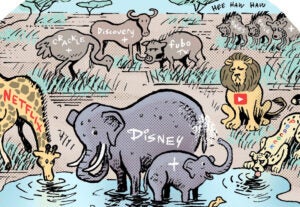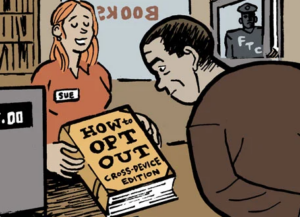Tremor Video DSP is working out some growing pains.
At the beginning of this year, Tremor regained profitability for the first time since it was spun off in August 2017 from the SSP that would become known as Telaria. Tremor operates as a business division within Taptica, the mobile ad tech company that acquired the DSP last year for $50 million.
In September, Ofer Druker took over as executive chairman of Tremor Video DSP.
“When Taptica bought Tremor, they thought it would be a longer process [to regain profitability], but it was relatively short,” Druker told AdExchanger this week. “We regained profitability by examining the businesses and relationships we have and streamlined them in order to deliver more of the sales we had before.”
Tremor Video DSP currently sells several kinds of video advertising inventory, including pre-roll, which is most common on mobile.
Druker said the company has dedicated most of its resources to fine-turning the DSP and creating the ability to tap into other SSPs.
“Everything is according to the request of the clients,” Druker said. “We have the ability through [these] SSPs to reach every kind of inventory that is out there.”
More than 90% of Tremor’s current business is managed and the remaining 10% is self-serve. Druker noted a new focus on SaaS offerings and hopes to release “new elements of self-serve” early next year.
Druker added that Tremor Video DSP changed agreements with some partners because they “were not needed anymore.” He did not disclose which business relationships the company chose to sever or, at the very least, alter.
“We are going to make a few changes in the company from business processes perspectives that will enable us to push it into the market and offer solutions to our clients and [prospective] clients,” Druker said.














